Low-frequency inverters, characterized by their use of transformers for electrical isolation, play a crucial role in a variety of high-reliability applications. This article explores the fundamental aspects of low-frequency inverters, their advantages, key applications, and how they can integrate with Maximum Power Point Tracking (MPPT) technology to enhance renewable energy systems.
Inquiry
Table of Contents
Toggle
57 Minutes Read
Part 1: Introduction
Table of Contents
ToggleInverters are essential components in converting direct current (DC) from batteries or solar panels to alternating current (AC) for use in household appliances, industrial machinery, and other electrical devices. Among various types of inverters, low-frequency inverters are notable for their robustness and ability to provide electrical isolation. This article delves into the workings of low-frequency inverters, their advantages over high-frequency counterparts, and their suitability for high-reliability applications.
Location (Headquarters): Shenzhen, China
Year Established: 2013
Primroot.com is a leading-edge professional inverter battery manufacturer based in the high-tech hub of Shenzhen, China. Fueled by the creative spirit and expertise of our world-class research and development team, we are at the forefront of the Photovoltaic (PV) and inverter industry, driving innovative solutions that reshape the energy landscape. Our robust supply chain and exceptional manufacturing capability, ensure we maintain an unmatched level of quality and efficiency.
At Primroot.com, we understand that your unique needs demand bespoke solutions. This understanding is at the heart of our OEM/ODM services, which have been designed to seamlessly integrate with PV inverter and module manufacturers worldwide. We are committed to delivering products that are both high in quality and efficiency, ensuring you get the most out of your investment.
Custom Inverter For Your Industries
We provide custom solutions to all our customers and offer free consulting or samples that you can take advantage of.
Part 2:What is a Low Frequency Inverter?
Low-frequency inverters operate by using a transformer to convert DC to AC at the utility frequency, typically 50 or 60 Hz. The presence of a transformer not only helps in stepping up or stepping down voltage but also provides galvanic isolation between the input and output, enhancing safety and reliability. Common models include the low-frequency inverter 48v, low-frequency inverter 24v, and low-frequency inverter 12v.
Part 3:Advantages of Low-Frequency Inverters
Electrical Isolation
One of the primary advantages of low-frequency inverters is the electrical isolation provided by the transformer. This isolation protects both the inverter and the connected devices from electrical faults, surges, and noise, ensuring stable and reliable operation.
High Reliability
Low-frequency inverters are designed to handle high surge currents, making them ideal for applications with high starting loads, such as industrial motors and heavy machinery. Their robust construction and proven technology contribute to their high reliability and long operational life.
Compatibility with Diverse Loads
These inverters are well-suited for driving diverse loads, including inductive loads such as motors and transformers. Their ability to handle high inrush currents makes them ideal for applications requiring significant power during startup.
Efficiency
The efficiency of low-frequency inverters is generally high, which means they can effectively convert DC to AC with minimal losses. This is particularly important in applications where energy efficiency is critical, such as in renewable energy systems
Part 4: Applications of Low-Frequency Inverters
Industrial Applications
Large Motor Drives: In industrial settings, large motors and high-power equipment require stable and reliable power. Low-frequency inverters can provide the necessary electrical isolation and handle the high surge currents needed to start these motors.
Heavy Machinery: Equipment such as welding machines, compressors, and pumps demand high power quality and reliability. Low-frequency inverters ensure a stable power source, protecting these machines from power fluctuations.
Medical Equipment
Hospitals and Clinics: Medical devices like CT scanners, MRI machines, and other critical equipment need a reliable and stable power supply. The electrical isolation provided by low-frequency inverters protects sensitive equipment from grid disturbances and power fluctuations.
Portable Medical Devices: In mobile medical and emergency scenarios, portable medical devices require high reliability in power supply, which low-frequency inverters can provide.
Communication Stations and Data Centers
Communication Stations: Remote communication stations rely on a stable power supply to ensure the continuous operation of communication networks. The electrical isolation provided by low-frequency inverters safeguards equipment from grid instability.
Data Centers: Servers and storage devices in data centers need uninterrupted power supplies (UPS) to prevent data loss and system failures. Low-frequency inverters offer high reliability and stable power in these critical applications.
Renewable Energy Systems
Large Solar and Wind Power Systems: In large renewable energy systems, electrical isolation helps protect inverters and other equipment, ensuring stable operation. Low-frequency solar inverters provide efficient energy conversion and reliability in these applications. Hybrid inverters low frequency are also essential in these systems for their ability to integrate different energy sources.
Off-Grid Systems: In areas without grid coverage, off-grid solar and wind systems need highly reliable inverters to ensure continuous power supply. Low-frequency inverters meet this demand.
Military and Aerospace Applications
Military Bases: Military equipment and facilities require highly reliable power supplies to ensure operational safety and functionality. Low-frequency inverters can provide stable power in demanding environments.
Aerospace Equipment: Power systems on aircraft and spacecraft need reliability and electrical isolation to ensure flight safety and normal operation.
Critical Infrastructure
Power and Water Treatment Plants: These facilities rely on stable power supplies for their operations. Low-frequency inverters provide the necessary electrical isolation, protecting equipment from power grid fluctuations.
Traffic Signal Systems: Systems such as railway signals, traffic lights, and airport navigation systems require high reliability and stability, which low-frequency inverters can provide.
Building and Security Systems
High-Rise Buildings and Smart Home Systems: These systems need reliable power supplies to ensure the normal operation of elevators, security systems, and smart devices.
Surveillance and Alarm Systems: Security surveillance and alarm systems need uninterrupted power supplies to ensure continuous monitoring and effective alarm functionality.
Part 5: Difference Between High-Frequency and Low-Frequency Inverters
High-frequency inverters use smaller, lighter components and operate at higher frequencies, making them more compact and efficient in certain applications. However, low-frequency inverters are more robust, handle surge currents better, and provide better electrical isolation, making them suitable for high-reliability and high-power applications.
Part 6: Integration with MPPT Technology
What is MPPT?
Maximum Power Point Tracking (MPPT) is a technique used to optimize the power output from photovoltaic (PV) solar panels. MPPT controllers continuously adjust the electrical operating point of the modules or array to ensure they deliver the maximum available power.
Benefits of Integrating MPPT with Low-Frequency Inverters
Enhanced Efficiency: MPPT technology maximizes the power extraction from solar panels, which can then be efficiently converted by low-frequency inverters. This combination ensures that the entire system operates at peak efficiency.
Stable Power Supply: By integrating MPPT controllers, low-frequency inverters can provide a more stable power supply, even under varying environmental conditions such as changes in sunlight intensity and temperature.
Optimal Performance in Off-Grid Systems: In off-grid renewable energy systems, combining MPPT technology with low-frequency inverters ensures that the maximum possible power is harnessed from the solar panels, thereby providing reliable and continuous power supply.
Part 7: Notable Low-Frequency Inverter Brands and Models
Victron Low-Frequency Inverter: Known for its high reliability and efficiency in various applications.
Ampinvt 6000W: A powerful inverter suitable for high-demand applications.
Growatt Low-Frequency Inverter: Popular for its integration with solar energy systems and robust performance.
Conclusion about Low Frequency Inverters
Low-frequency inverters play a vital role in applications requiring high reliability and electrical isolation. Their robust design and ability to handle diverse loads make them ideal for industrial, medical, communication, renewable energy, military, and critical infrastructure applications. The integration of MPPT technology further enhances their efficiency and performance, particularly in renewable energy systems. As the demand for reliable and efficient power solutions continues to grow, low-frequency inverters, combined with MPPT technology, will remain a cornerstone in ensuring stable and high-quality power supply across various sectors. For businesses looking to source high-quality inverters, working with a reputable solar inverter manufacturer or solar inverter manufacturers in China can be advantageous.
Custom Power Inverters For Your Industries
We provide custom solutions to all our customers and offer free consulting or samples that you can take advantage of.

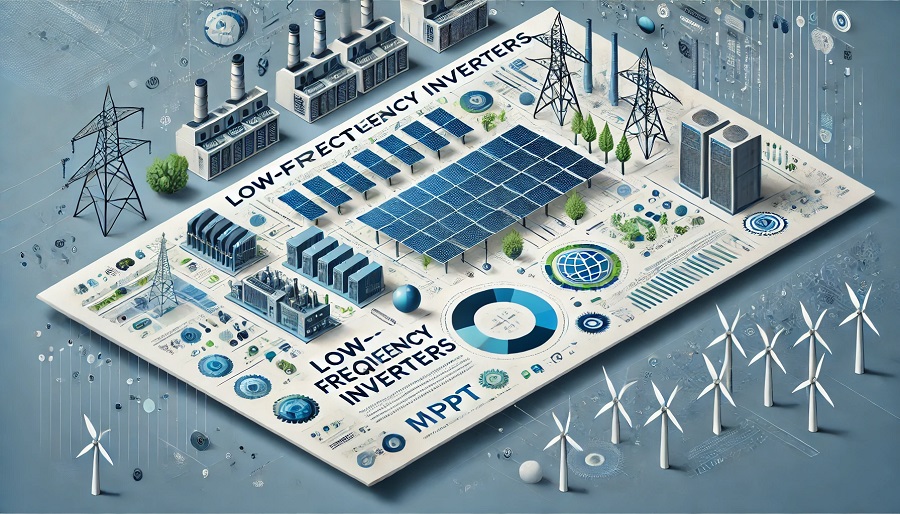
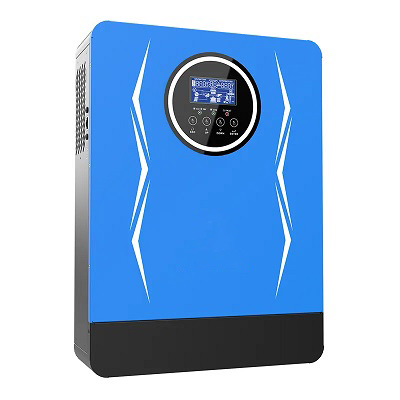
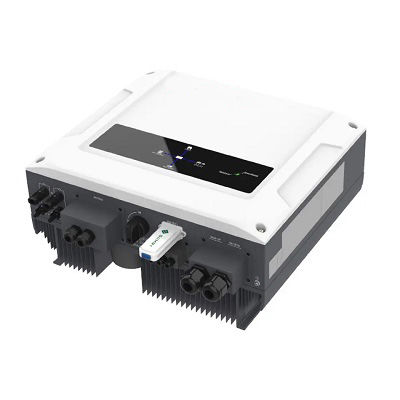
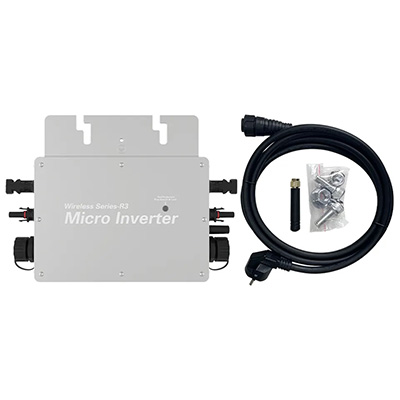
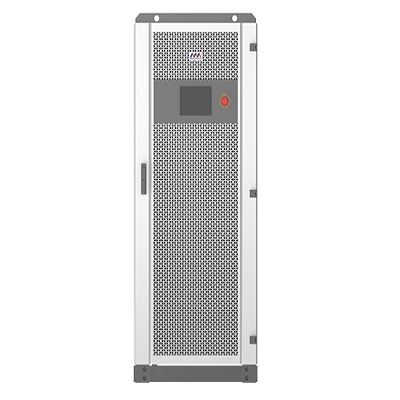
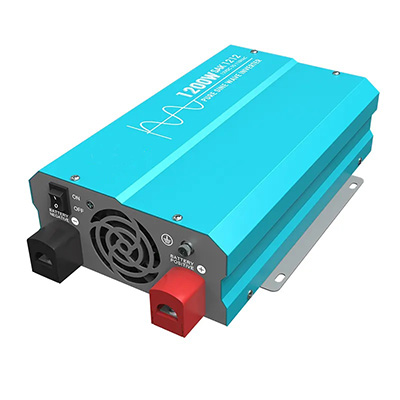
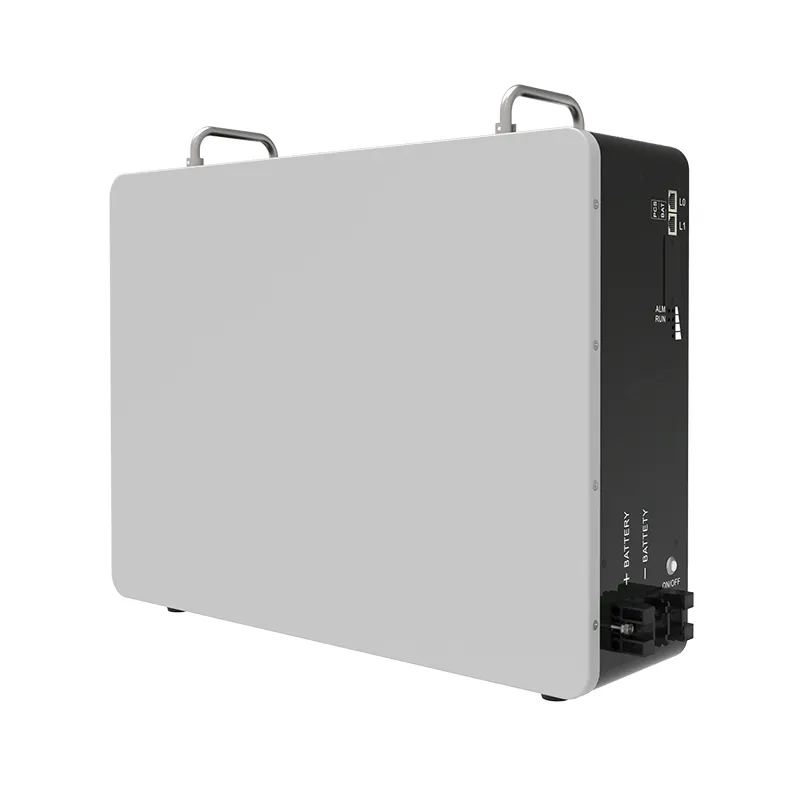
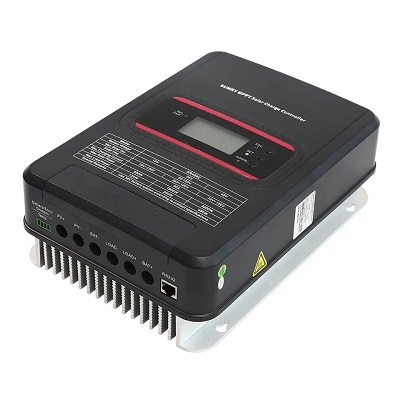
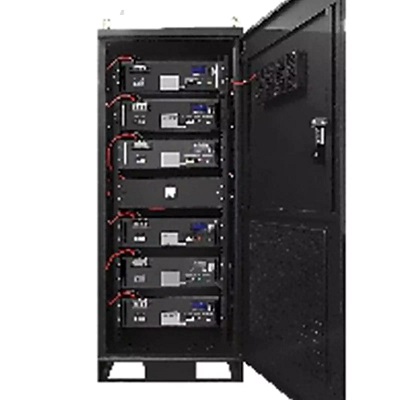
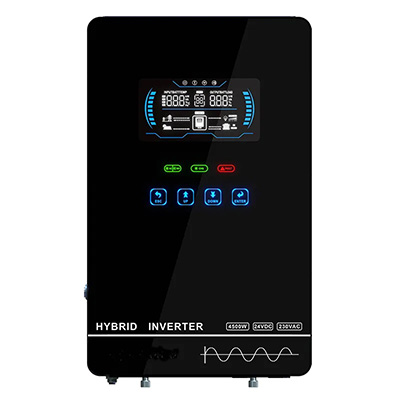
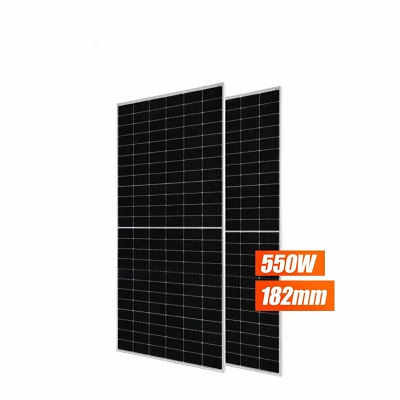
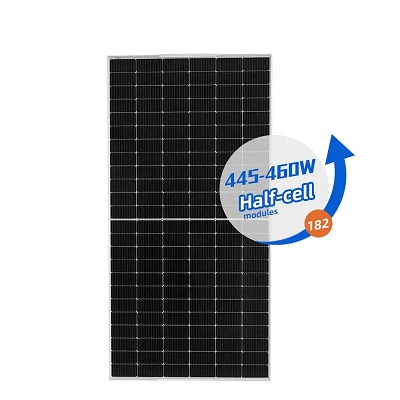
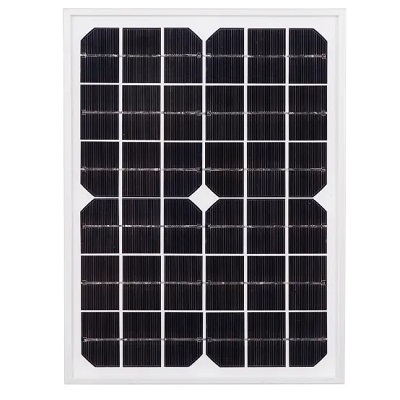
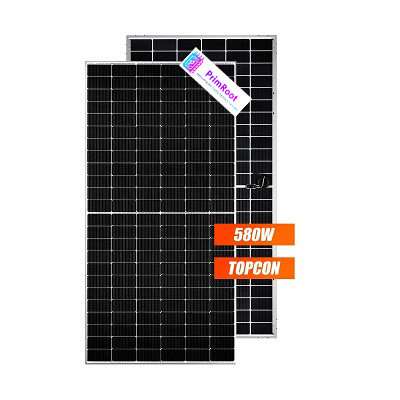
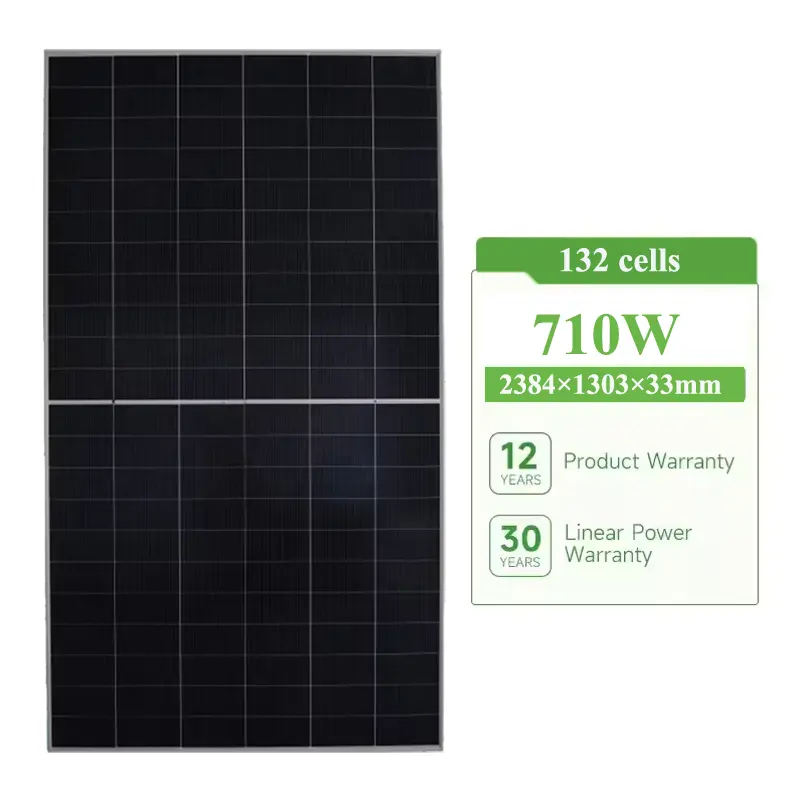
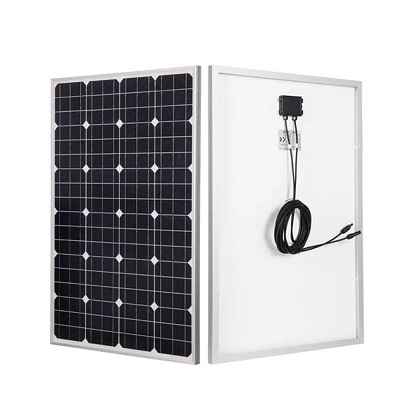
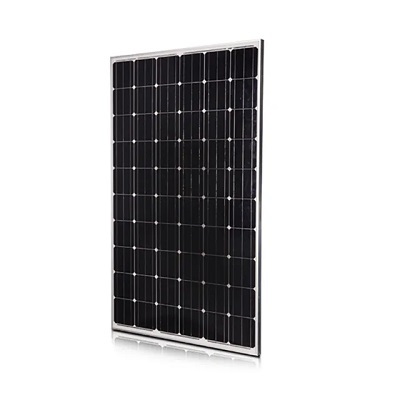
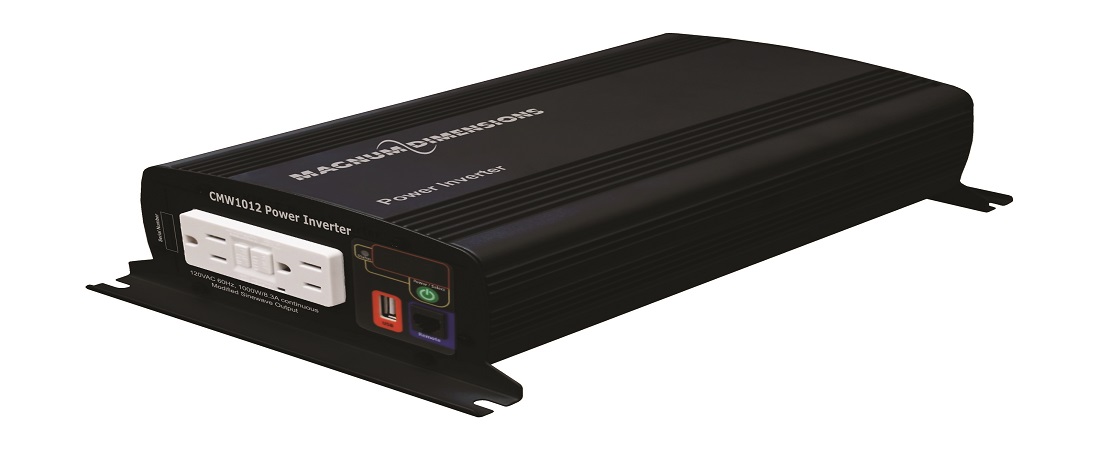
Leave A Comment